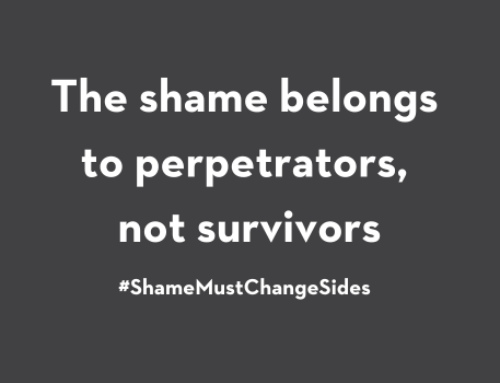
Imagine a typical twenty something couple living in their newly purchased home. After a busy day at work they sit together on the couch. She is cold and he is hungry. By using apps on their phone they can turn up the heat and order a pizza. They may turn on Netflix and their baby begins to cry. Both grab their phones and use the baby cam app to check in on the little one. The pizza will be coming soon so he turns off the home alarm while she turns on the outside lights – again all using their phones.
Life is easy and solutions are simply a tap away.
But what if the same apps were on the phones of an abuser?
Imagine the same situation as described above but with a woman living with an abusive partner. Using his phone he can turn off the heat in the house, watch and listen to their baby in his crib. All sounds that can be heard though the microphone attached to their web cam. After all, the microphone doesn’t discriminate on whose voices it transmits for the viewer to hear. Perhaps he hears that she is planning to leave him, or is talking to a counselor. What might happen then? Is she now unknowingly at a greater risk? If that isn’t frightening enough, he has access to a variety of other products she uses. He can start her car that sits in the attached garage or can turn off the alarm system. He can install an app on her phone that uses GPS to track where she is, monitoring if she is at home or somewhere else.
All of these things can be done with apps many of us have on our phones. This does not require hacking skills or the need to physically live in the same city.
It’s time we start to re-think what safety means to victims of family violence and how we can ensure their privacy, safety and peace of mind. An abuser no longer has to be physically present to stalk or abuse a woman.
Learn More
- Day 8: How SWOVA is Helping BC Teens Develop Respectful Relationship Skills
- Day 7: It’s Giving Tuesday – Join Us in Building GEN1!
- Technology in Shelters: The risks and the benefits
Take Action
- Join GEN1. Become a monthly donor and help us build the first generation free of violence against women.
- Sign up for our e-newsletter to have our latest stories and resources sent to your inbox.
- Follow us on Facebook and Twitter to join a national conversation on gender equality.







